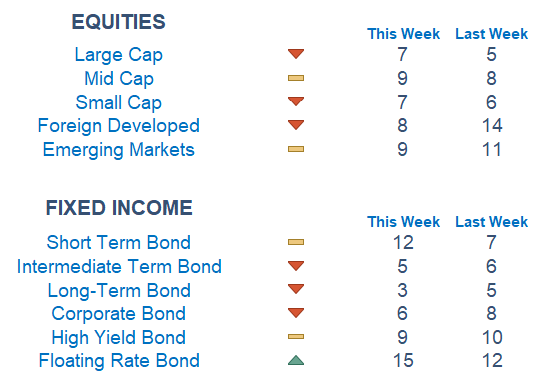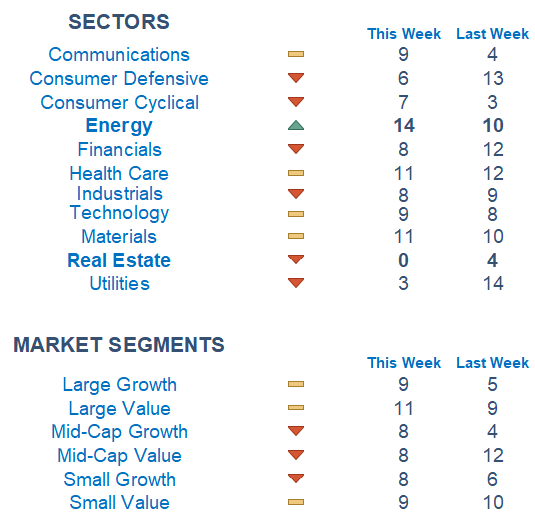We enter the week with stocks and bonds down even as Congress averted the government shutdown. The rate on the 10 YR Treasury hit 4.7% during a roundtable discussion with Jerome Powell and Patrick Harker as investors tried to look for clues on how much higher the Fed will go. It seems we are finally seeing more people wake up to the reality that rates will be higher for longer than previously thought.

This Week on Wall Street - Week of October 2nd
Market Commentary
We enter the week with stocks and bonds down even as Congress averted the government shutdown. The rate on the 10 YR Treasury hit 4.7% during a roundtable discussion with Jerome Powell and Patrick Harker as investors tried to look for clues on how much higher the Fed will go. It seems we are finally seeing more people wake up to the reality that rates will be higher for longer than previously thought.
In equities, it is the mega caps that are outperforming to kick off the week, leaving the average stock struggling for air. At the index level, we are testing support with oversold conditions. Breadth remains poor while volatility is elevated.
Newton scores are weak across styles as value edges out growth slightly. The short end of the Treasury curve looks relatively more attractive as interest rates climb higher. Energy is the highest-graded sector while Real Estate is the worst.
On the economic front: It is a heavy week on Fed Speak and on the labor market front. The most notable will be the jobs report on Friday morning, where investors are expecting another decrease in the pace of hiring from 187,000 to 168,000. The Fed would like to see cooling wage growth and a softer headline number to support a pause through the rest of the year.
Economic Releases This Week
Monday: ISM Manufacturing. Construction Spending, Fed Chair Powell and Philadelphia Fed President Harker Participate in Roundtable, Cleveland Fed President Mester Speaks
Tuesday: Atlanta Fed President Bostic Speaks, Job Openings
Wednesday: ADP Employment, ISM Services, Factory Orders
Thursday: Initial & Continuing Jobless Claims, US Trade Deficit, SF Fed President Daly Speaks
Friday: Jobs Report, Consumer Credit
Stories to Start Your Week
Congress passed a stopgap funding bill late on Saturday to avoid shutdown after McCarthy backed down from an earlier demand by his party's hardliners.
Birkenstock, the German premium footwear brand, said it is seeking a valuation of up to $9.2 billion in its highly anticipated IPO.
Trump arrives at New York court for $250 million civil fraud trial.
A barometer of business conditions at factories contracted in September for the 11th month in a row, but there were signs of improvements.
JP Morgan's Dimon Predicts 3.5 Day Work Week for Next Generation.

What is Newton?
Our Newton model attempts to determine the highest probability of future price direction by using advanced algorithmic and high-order mathematical techniques on the current market environment to identify trends in underlying security prices. The Newton model scores securities over multiple time periods on a scale of 0-20 with 0 being the worst and 20 being the best possible score. Trend & level both matter.


Technical trading models are mathematically driven based upon historical data and trends of domestic and foreign market trading activity, including various industry and sector trading statistics within such markets. Technical trading models, through mathematical algorithms, attempt to identify when markets are likely to increase or decrease and identify appropriate entry and exit points. The primary risk of technical trading models is that historical trends and past performance cannot predict future trends and there is no assurance that the mathematical algorithms employed are designed properly, updated with new data, and can accurately predict future market, industry and sector performance.
